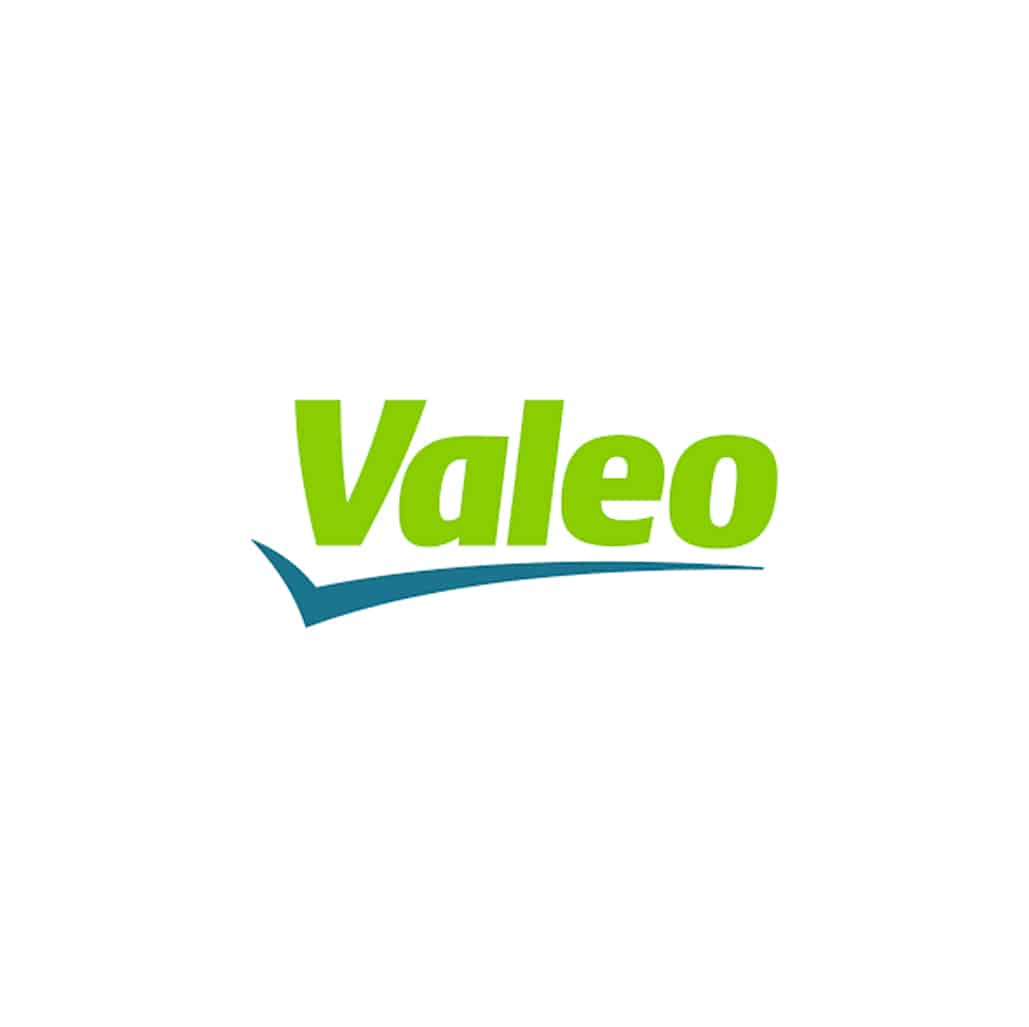ARKENERGY: an integrated approach to improving energy efficiency

In order to reduce its energy consumption and carbon footprint, Arkema is developing the ARKENERGY program at all of its industrial sites in favour of a true culture of energy sobriety
Main project's drivers for reducing the greenhouse gas (GHG) emissions
Energy and resource-savings
Decarbonisation of energy
Improved energy efficiency
Improved non-energy resource efficiency
Emission absorption
Financing of low carbon emitters or divestment of carbon-based assets
Reduction of other greenhouse gases emission
Project objectives
The ARKENERGY project aims to improve the Group’s energy efficiency. Through a structured and homogeneous approach covering the entire industrial perimeter, it consists of implementing an energy-saving culture at all levels of the company.
Deployed since 2014, this project is based on the positive evolution of employee practices and improved efficiency of the Group’s industrial processes.
More specifically, the actions carried out include:
- Energy-saving employee practices:
- E-learning recommended to all employees on the industrial premises and offered to all other employees, highlighting the challenges and the areas of progress for each employee at their level;
- Specific training dedicated to all local project managers;
- Wide publication of a good practice guide, revised every two years;
- Sharing of all projects on a shared interactive platform.
- Improving the energy efficiency of industrial processes:
- Creation of a global network of designated “energy leaders” pooling all actions and projects carried out in their unit via a platform;
- 120 people – monthly meetings – global coordination and regional monitoring – dedicated energy performance reporting system
- Provision of a good practice guide, directly applicable methodologies and framework agreements negotiated upstream that simplify the implementation of action plans on each industrial site;
- Steam networks: systematic identification of defective steam traps entrusted to a subcontractor and replacement (at 30 plants – gain 30 GWh – emissions: -5,200 tonnes of CO2/year)
- Creation of benchmarks giving rise to global action plans with key improvement points, according to the “bulldozer approach”. With a long-term follow-up of actions and results and wide dissemination;
- Allocation of an investment budget ($30M) dedicated to the actions carried out as part of this programme, which benefits about sixty projects per year.
- Creation of a global network of designated “energy leaders” pooling all actions and projects carried out in their unit via a platform;
This project was a determining factor in reducing the group’s annual energy consumption. This amounts to nearly 800 GWh/year – a decrease in annual GHG emissions related to energy consumed of 185 kt CO2 over the 2014-2020 period.
At the end of 2020, most of the group’s industrial sites – representing more than 80% of its energy consumption – carried out actions in this context.
Emission scope(s)
on which the project has a significant impact
- Scope(s) d’émissions
- Description et quantification des émissions de GES associées
- Précisions sur le calcul
Scope 1
Émissions directes générées par l’activité de l’entreprise.
Scope 2
Émissions indirectes associées à la consommation d’électricité et de chaleur de l’entreprise.
Scope 3
Émissions induites (en amont ou en aval) par les activités, produits et/ou services de l’entreprise sur sa chaine de valeur.
Absorption d’émissions
Création de puits de carbone, (BECCS, CCU/S, …)
Émissions évitées
par les activités, produits et/ou services de l’entreprise ou par le financement de projet de réduction d’émissions.
Scope 1 – Sobriété énergétique et ressources (notamment comportements) et amélioration de l’efficacité énergétique
- Quantification : -160 kt CO2 eq (en 2020 comparativement à 2014)
Scope 2 – Sobriété énergétique et ressources (notamment comportements) et amélioration de l’efficacité énergétique
Quantification : -25 kt CO2 eq (en 2020 comparativement à 2014)
Entre 2014 et 2020, les projets Arkenergy ont entrainé une baisse de consommation de 800 GWH dont 9% sont liés à une baisse de consommation électrique et 91% sont liés à une baisse de consommation de chaleur (gaz, vapeur).
Key points
Invested amount
€ 31 million
Starting date of the project
2014
Project localisation
Worldwide
Project maturity level
Prototype laboratory test (TRL 7)
Real life testing (TRL 7-8)
Pre-commercial prototype (TRL 9)
Small-scale implementation
Medium to large scale implementation
Economic profitability of the project (ROI)
Short term (0-3 years)
Middle term (4-10 years)
Long term (> 10 years)
Illustrations of the project
A genuine corporate culture has been put in place with sharing of experience (good or bad) at the global level.This project also contributed to reduce the carbon footprint of marketed products, and where customers have increasing expectations.
The project is completely reproducible, whether in terms of energy efficiency results or climate impacts.
The principle of this project is to allow all Arkema plants to benefit from the feedback from each project carried out in a plant in order to benefit from Group synergy
EDF, ENDEL, AMSTRONG .
Contact the company carrying the project :
arkenergy@arkema.com
